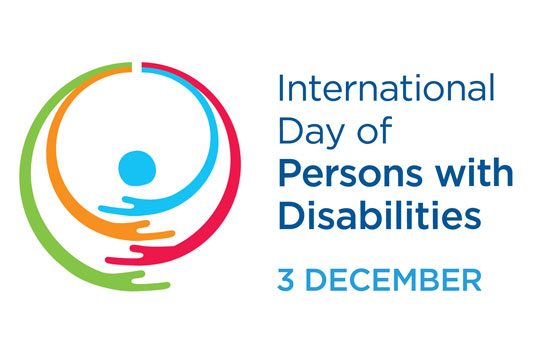“Neurodiversity” is a term attributed to Australian sociologist Judy Singer. It encompasses all types of cognitive processes: the “neurotypical” (more prevalent cognitive processing) and the “neurodivergent”.
Persons who are considered neurodivergent include those who experience Autism, ADHD, Dyslexia, Asperger’s, Tourette’s Syndrome, and many more.
While we may associate neurodivergent behaviours primarily with young boys, neuro-divergence is not something one grows out of. Moreover, thanks to greater awareness and enhanced medical research, more girls and adults of all genders are being diagnosed as neurodivergent. A later in life diagnosis of, for example, autism can bring a sense of great relief as to why certain innate behaviours may have made the person think, “I feel different”.
CERN’s unique programme for STEM students with disabilities often attracts candidates who identify as neurodivergent. The learning experience over the years for both the supervisors and supervisees has proven invaluable for all.
A type of neurodiversity that is not discussed often is hypersensitivity. Hypersensitive persons (or “HSPs”), make up 15 to 20% of the population.
HSPs often have a heightened sense of empathy and intuition and possess a remarkable ability to perceive subtle behavioural changes in others. HSPs display increased emotional sensitivity and stronger reactivity to external and internal stimuli, such as certain (office) lighting, elevated noise (think R1!), subtle noise (ticking clock), strong smells (cologne, air fresheners). HSPs may feel easily and frequently overwhelmed, especially when expected to produce a lot of results under time pressure.
Interpersonal conflict can feel painful and stressful for HSPs and, as a result, are often conflict avoidant, prefer to say “yes”, or may compromise their own boundaries. HSP colleagues may prefer to work with headphones, often require frequent breaks, and may need to recharge for longer periods alone.
In a diverse work environment, great minds do not all think alike. Find out more in the links below and let us nurture and celebrate neurodiversity in all its forms.
Valuing neurodiversity
at CERN
All great minds are not alike!
“
I enjoyed my time here at CERN very much, but I wish there had been a support network for people like me.” - Helen
Helen, a gifted engineer with ADHD, dyslexia, and autism, has reflected on her CERN
experience and urges the Organization to embrace neurodiversity in all its forms, including those who identify as neurodivergent.
In a presentation to the Diversity Roundtable, Helen described how neurodivergent thinkers can bring above average levels of logical thinking, problem solving, creativity, reliability, concentration, and precision to their work. Neurodivergent talent, especially in STEM, enriches the workplace and our research results. How can we help it flourish?
✓ Try not to overvalue direct eye contact or public speaking skills, especially in the recruitment process. These can be challenging behaviours for the neuro-divergent community.
✓ Are you a manager or a team leader who identifies as neurodivergent? Disclosing to colleagues the learning and work challenges you have overcome would have a remarkable role model impact.
✓ Avoid applying flickering images or static audio web content. This can cause sensory discomfort or be intensely distracting for persons who are neurodivergent. For easier readability of text, use fonts and written styles appropriate for people with dyslexia.
✓ Let’s implement Helen’s idea of a support network: Get in touch with us if you have experience with neurodivergent behaviour and would be willing to help colleagues navigate CERN.
This article is also available as a pdf (also available in French).
